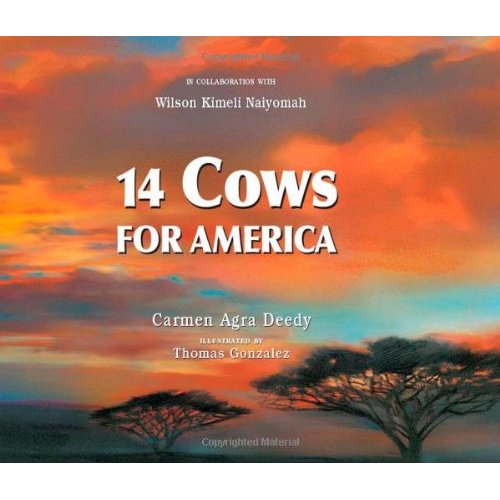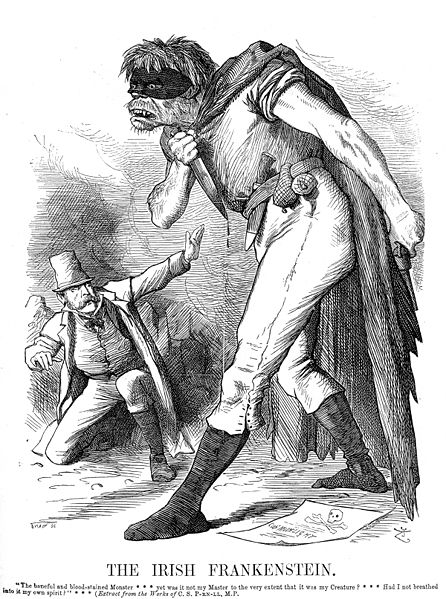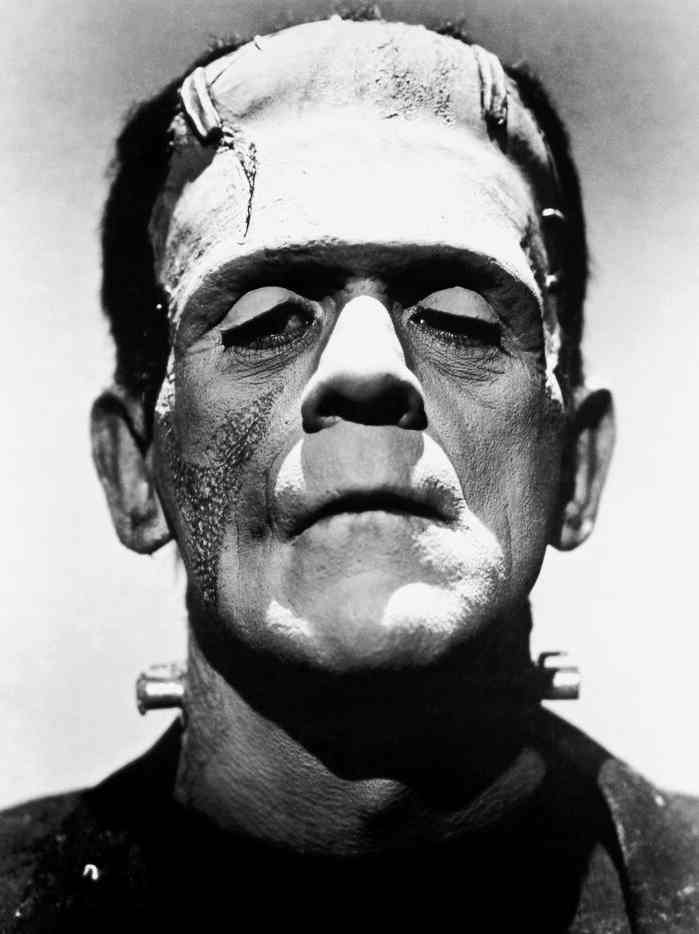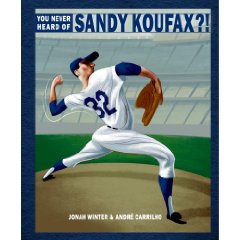Every year a committee of teachers, librarians and lovers of children's literature in Utah nominate books in five areas: children's fiction, children's picture books, young adult books, children's poetry, and informational books. Throughout the year, readers are invited to vote for their favorites at their local libraries and the winners are awarded the Beehive Award each spring. Many states have a similar award, and authors love to receive these awards because they reflect their readers' preferences.
There are some great choices among these nominees that you might enjoy . . . .
Children's Fiction
11 Birthdays by Wendy Mass
Amanda and Leo are celebrating their same-day birthday separately this year, when peculiar things begin to happen.
The Adventurous Deeds of Deadwood Jones by Helen Hempbill
Prometheus Jones and his cousin Omer flee Tennessee to join a cattle drive headed to Texas, in a land still recovering from the Civl War.
Binky the Space Cat by Ashley Spires
Binky makes plans to blast-off into outer space to battle aliens.
The Evolution of Calpurnia Tate by Jacqueline Kelly
In central Texas in 1899, eleven-year-old Callie Vee Tate is surrounded by her large, loving and opinionated family.
Extra Credit by Andrew Clements; illustrated by Mark Elliott
As letters go back and forth between Illinois and Afghanistan, Abby, Amira, and Sadeed begin to look forward to each others' letters.
The Leanin' Dog by K.A. Nuzum
In wintry Colorado during the 1930s, eleven-year-old Dessa Dean greets the arrival of an injured dog as just what she needs.
Me and the Pumpkin Queen by Marlane Kennedy
Much to her aunt's dismay, eleven-year-old Mildred is determined to grow a pumpkin big enough to win the annual Circleville, Ohio, contest.
Mudville by Kurtis Scaletta
After twenty-two years it finally stop raining in Moundville, and twelve-year-old Roy makes plans to put together a baseball team.
Where the Mountain Meets the Moon by Grace Lin
Minli, an adventurous girl from a very, poor village, is joined by a dragon on a dangerous quest.
The Year the Swallows Came Early by Kathryn Fitzmaurice
Eleven-year-old Groovy Robinson enjoys cooking and has big plans to become a professional chef until her father is sent to jail.
Children's Picture Books
The Apple-Pip Princess by Jane Ray
In a land that has stood barren, parched by drought and ravaged by frosts since the Queen's death, the King sets his three daughters the task fo making the kingdom bloom again, and discovers that sometimes the smallest things can make the biggest difference.
Birds by Kevin Henkes; illustrated by Laura Dronzek
Fascinated by the colors, shapes, sounds, and movements of the many different birds she sees through her window, a little girl is happy to discover that she and they have something in common.
That Book Woman by Heather Henson; illustrated by David Small
Young Cal, who lives high in the Appalachian Mountains with his family, does not understand his sister's love for books, but the Book Woman always wanders to their home, and Cal's parents are always willing to trade something to keep Cal's sister reading.
Chicken Cheeks by Micahel Ian Black, illustrated by Kevin Hawkes
Simple rhyming text and illustrations present the hindquarters of various animals, including moose, chickens, polar bears, and guinea pigs.
(Legacy and I went to school with this illustrator, Kevin Hawkes, and he married one of my very good friends.)
The Circus Ship by Chris Van Dusen
A circus ship has an accident off the coast of Maine which leaves the animals stranded, but they are soon taken in by the citizens of a small island who grow fond of the new residents and fight to protect them.
Duck! Rabbit! by Amy Krouse Rosenthal; illustrated by Tom Lichtenheld
Two unseen characters argue about whether the creature they are looking at is a rabbit or a duck.
Higher! Higher! by Leslie Patricelli
A small girl encourages her father to push her perpetually higher on the swing as they try to surpass the height of agiraffe, a mountain, and the very boundaries of Earth.
Just What Mama Needs by Sharlee Glenn; illustrated by Amiko Hirao
A puppy named Abby assumes a different identity for each day of the week until Sunday, when she is just herself.
Most Loved In All the World by Tonya Hegamin; illustrated by Cozbi A Cabrera
Even though Mama is an agent on the Underground Railroad, in order to help others she must remain a slave, but she teaches her daughter the value of freedom through a gift of love and sacrifice.
Tsunami by Kimiko Kajikawa; illustrated by Ed Young
A wealthy man in a Japanese village, who everyone calls Ojiisan, which means grandfather, sets fire to his rice fields to warn the innocent people of an approaching tsunami.
|
Young Adult Books
Along for the Ride by Sarah Dessen
After moving to spend time with her father and stepmother, Auden becomes friends with a reclusive teen named Eli. As she gets to know Eli better, they begin a relationship that changes from both.
Brooklyn Nine by Alan Gratz
Brooklyn Nine follows a family starting in 1845 through 2002. In nine innings, readers are taken through history to learn about baseball and those who love it.
The Chosen One by Carol Lynch Williams
As a member of a polygamist sect, Kyra is chosen to marry one of the elders. her refusal puts her very life in danger.
Chains by Laurie Halse Anderson
Isabel, a slave, must decide if she is for the loyalists or the rebels in the fight for freedom during the first months of the American Revolution.
The Compound by S.A. Bodeen
Eli's father has feared a nuclear holocaust for years. Now it has finally come and Eli and his family now must live in the protective Counpound.
The Devil's Paintbox by Victoria McKernan
In this gritty tale Aiden and Maddy, orphaned on the prairie, join a wagon train west for a chance at a new life.
Eon: Dragoneye Reborn by Alison Goodman
Eon's purpose in life has been to train to become a Dragoneye. But Eon holds a terrible, deadly secret that may undo everything.
Flygirl by Sherri L. Smith
During WWII, Ida Mae, passing as white, joins the Women Airforce Service Pilots. Her desire to fly outweights the risks of being discovered.
Musician's Daughter by Susanne Dunlap
Theresa's father is found murdered, his violin missing. Her quest to solve this mystery uncovers a plot thick with deceit, betrayal, and intrigue.
My Fair Godmother by Janette Rallison
Savannah wishes that her life could be more like fairy tales where the girl always gets the prince. unfortunately, her wish doesn't turn out so well.
Princess of the Midnight Ball by Jessica Day George
An enchanting story about twelve sisters cured to dance every night to the extent they wear holes in their dancing slippers.
Project Sweet Life by Brent Hartinger
Get a job...what! When three teens are told to get summer jobs they rebel and decide to earn the money they would have made in one big scheme and then take the rest of the summer off.
Children's Poetry
Be Glad Your Nose is on Your Face and Other Poems: Some of the Best of Jack Prelutsky by Jack Prelutsky
This treasury which includes a CD and more than one hundred of Jack Prelutsky's most celebrated verses, along with fifteen all-new poems, is a tribute to his gift to children's literature over the past forty years.
The Bill Martin Jr. Big Book of Poetry
This anthology contains nearly two hundred poems, all of them handpicked by the late Bill Martin Jr., which include traditional children's poems alongside more contemporary pieces paired with illusrations from numerous award-winning picture book atists.
Button Up!: Wrinkled Rhymes by Alice Schertle; illustrated by Petra Mathers
Do you think shoes, jackets, and hats don't have personalitites? Think again! The duds on display in this perfectly stitched poetry collection are as unique as the critters who wear them.
Dinothesaurus: Prehistoric Poems and Paintings by Douglas Florian
Set in spreads of dreamy dinosaur art, these 20 playful paleontologic poems overflow with wit and useful information.
Far From You by Lisa Schroeder
Alice finds herself on a roller coaster of emotions that many teens will relate to in this novel in verse about a girl who survives a deadly snowstorm and discovers what is important in her life.
A Fuzzy-Fast Blur: Poems about Pets by Laura Salas
Are you mad about cats? Love big dogs? From hamsters to tarantulas, this fun collection of original poetry features all your favorite pets!
Partly Cloudy: Poems of Love and Longing by Gary Soto
The fleeting emotions of teenagers, as changeable as the weather, ring true in these emotionally resonant poems about falling in love for the first time, pining over crushes, and brooding over broken hearts.
Truckery Rhymes by Jon Scieszka; illustrated by David Shannon, Loren Long, and David Gordon
From beloved truck tales to rowdy rhymes and honk-along songs, all your favorite "Truckery" rhymes have been gathered into one big, noisy, high-octane collection!
The Underwear Salesman: Jobs for Better Verse by J. Patrick Lewis; illustrated by Serge Bloch
Forty-nine poems describe nearly as many occupations, most of them nontraditional including an ice sculptor, belly dancer and a highway line painter in a variety of styles; rhyming pairs, quatrain, and limerick, to name a few.
Whiff of Pine, Hint of Skunk: a Forest of Poems by Deborah Ruddell; illustrated by Joan Rankin
Take a lighthearted romp through four seasons in the forest with these whimisical poems. The woods have never been so much fun!
Informational Books
14 Cows for America
by Carmen Deedy and Thomas Gonzalez
After the 9/11 attacks in New York, a Masai village gives a heartfelt gift to the American people.
Almost Astronauts: 13 Women Who Dared to Dream by Tanya Lee Stone
The story of 13 women in the 1960's who sacrifice for the opportunity to become astronauts.
The Boy Who Invented TV: The Story of Philo Farnsworth by Kathleen Krull and Greg Couch
Inspired by parallel field furrows, a young Utah farm boy invents the television.
Darwin by Alice McGinty and Mary Azarian
A picture-book quality biography emphasizing Darwin's curiosity and determination.
Down, Down, Down: a Journey to the Bottom of the Sea by Steve Jenkins
A biography of the imaginative and intellectual slave-born black scientist and artist.
George Washington Carver by Tonya Bolden
A biography of the imaginative and intellectual slave-born black scientit and artist.
Life in the Wild: George Shaller's Struggle to Save the Last Great Beasts by Pamela S. Turner
The pioneering animal conservationist's story of studying exotic animals in the wild.
Mermaid Queen: the Spectacular True Story of Annette Kellerman, Who Swam Her Way to Fame, Fortune & Swimsuit History by Shana Corey
The brightly illustrated story of the record-breaking female athlete who pioneered the modern woman's bathing suit.
Nic Bishop Frogs by Nic Bishop
An up close and memorable photographic tour of the amazing world of frogs.
You Never Heard of Sandy Kofax?! by Jonah Winter and Andre Carriho
Illustrations draw the reader into this biography of the gifted, young, Jewish pitching ace.




















































































